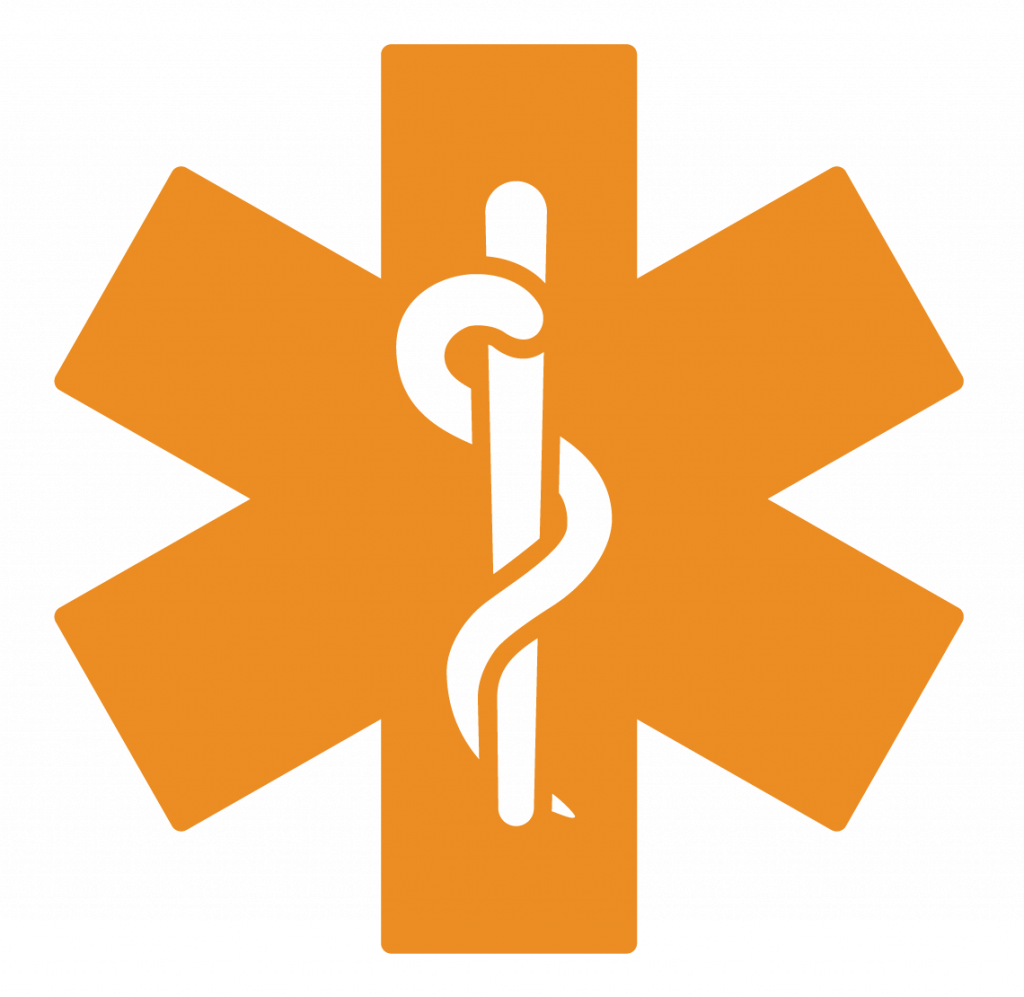To Buy Symbicort inhaler Online Visit Our Pharmacy ↓
 Correct Symbicort Inhaler Technique: Step-by-step Tips
Correct Symbicort Inhaler Technique: Step-by-step Tips
Know Your Device Metered-dose Inhaler Basics
Imagine holding your inhaler for the first time: the small plastic canister, the mouthpiece, and the dose counter ticking down. Start by identifying the main parts—the metal canister that contains medicine, the actuator that delivers the spray, and any protective cap. Many devices need a gentle shake to mix ingredients; check the label for specific instructions. If your inhaler has a spacer, that can improve delivery for children or adults who struggle with coordination.
Learn to read the dose counter and track doses so you never run out during an attack. Check mouthpiece for blockage and replace caps to keep it clean. Teh spray should be aimed into the mouth while coordinating breath, and a test puff into the air confirms function. Occassionally review the instruction leaflet or ask a pharmacist to demonstrate so you use it safely and effectively.
Prepare and Prime Correctly before First Use

Unboxing a new inhaler can feel like a small ritual: read the leaflet, check the canister is full, and remove the protective cap. For a symbicort inhaler, shake well and follow the manufacturer’s priming steps—usually two test sprays away from your face—to ensure the dose mechanism is active. If you forget this step you might notice weaker puffs or uneven dosing, so take a minute at the Begining to do it right.
Before using, exhale gently, seal your lips around the mouthpiece, press once and inhale slowly and deeply. Hold for about 10 seconds, then exhale. A spacer can change timing but often improves delivery. Keep a simple log of sprays and check canister markings so you know remaining doses. Rinse your mouth after use to lower thrush risk and keep teh mouthpiece clean and store it dry away safely.
Master Breath Timing Slow Inhale Hold Exhale
Imagine catching a breath before taking your dose; for a symbicort inhaler, inhale slowly and steadily as you actuate so medicine can travel deep into the lungs and begin working.
Hold your breath for about five to ten seconds after inhalation; this lets particles settle on airway surfaces. Then exhale gently and wait a minute before any second puff again.
Avoid a sharp, rapid inhalation that deposits medication in the throat. A spacer can acommodate coordination challenges and improve lung delivery, especially for children or those needing extra assistance daily
Avoid Common Mistakes That Reduce Medication Delivery

I once watched a patient fumble with a small plastic canister, anxious that each dose might be lost. Learning why positioning matters can transform everyday use of a symbicort inhaler.
Common slip ups include not shaking, firing into the air, or breathing too quickly, habits that scatter medication and cheat your lungs. Slow, steady breaths deliver medicine where it's needed.
Skipping spacer use when recommended or exhaling into the device are mistakes that reduce impact. I tell patients a clear routine removes doubt and improves control over symptoms.
If you notice wheeze returns often, review technique before changing therapy; simple corrections often restore benefit. Practice, feedback and occasional video checks help prevent Occassionally missed doses.
Clean Maintain and Store Your Inhaler Properly
A quick nightly ritual kept my dose steady: wipe the mouthpiece, check the cap, and listen for a clear spray.
For a symbicort inhaler clean the plastic collar weekly; remove the canister and dry the housing before replacing to avoid blockage.
Never soak metal parts; a damp cloth and mild soap will do. Keep spare caps handy and follow manufacturer instructions.
Store in a cool, dry place away from direct heat, and record date of first use so you can track expiries and perform regular maintenence for peace of mind.
Track Doses Know When to Replace Canister
I remember running and feeling the spray sputter — a panic that taught me to watch canister life. Check the dose counter every week and note the remaining puffs so you never face a sudden gap in control.
If your inhaler lacks a counter, keep a simple tally on your phone or calender and record doses. Your pharmacy or clinician can help estimate remaining puffs and advise when replacement is neccessary.
Replace the canister before it reaches zero and store spares safely; avoid extreme heat and keep caps clean. Dispose of empty canisters according to local rules and carry a backup if you travel. Reliable tracking prevents emergencies and keeps therapy consistent. FDA label NHS information












